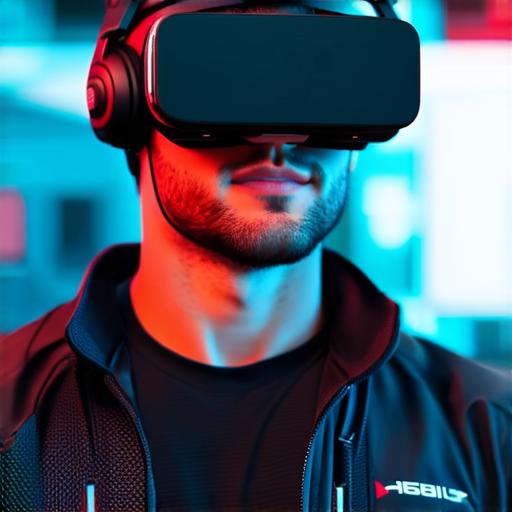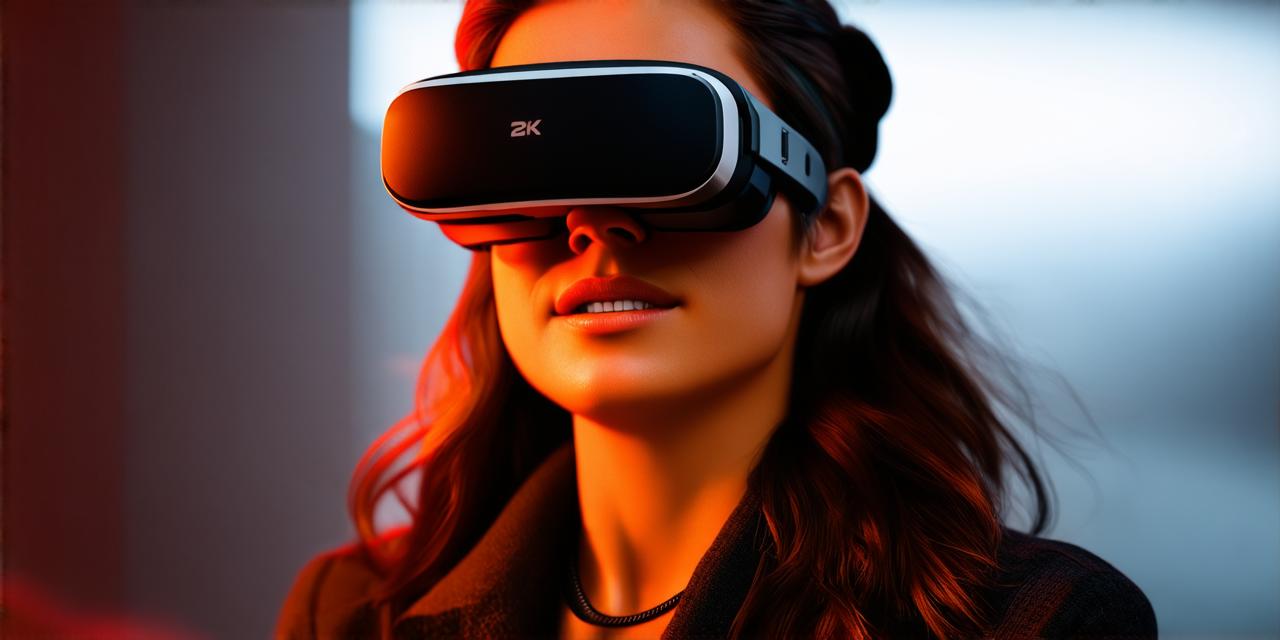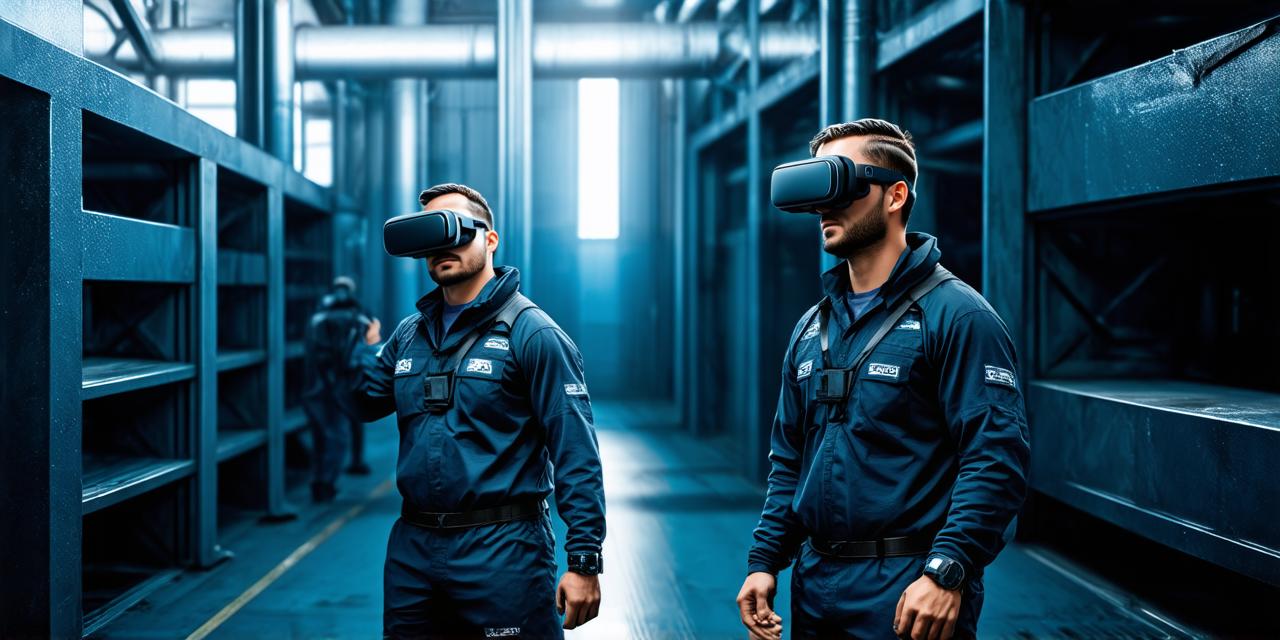Virtual reality (VR) is a technology that allows people to experience immersive digital environments as if they were real. In recent years, VR has been increasingly used in the workplace to improve communication, training, and collaboration among employees.
Improved Communication
One of the main benefits of using VR in the workplace is improved communication. By immersing employees in a virtual environment, they are able to interact with each other in a more realistic and engaging way. This can help break down barriers between team members, allowing them to better understand each other’s perspectives and work more effectively together.
In addition, VR can also be used to simulate real-world scenarios, such as meetings or presentations, which can help employees practice their communication skills in a safe and controlled environment. This can be particularly helpful for employees who may struggle with public speaking or social anxiety.
Enhanced Training and Development
Virtual reality can also be used for training and development purposes. By creating immersive simulations of real-world scenarios, VR can provide employees with a more engaging and effective way to learn new skills and knowledge. This can help employees feel more confident and prepared when faced with new challenges in the workplace.
Furthermore, VR can also be used to create customized training programs that are tailored to an individual employee’s needs. This can help ensure that all employees have access to the resources and support they need to succeed in their roles.
Increased Collaboration
Virtual reality can also contribute to increased collaboration among employees. By allowing team members to work together in a virtual environment, VR can help break down geographical barriers and allow employees to collaborate more easily with colleagues who may be located in different parts of the world.
In addition, VR can also be used to create shared virtual spaces where employees can come together to brainstorm ideas, share resources, and work on projects together. This can help foster a sense of community among team members and encourage greater collaboration and cooperation.

Improved Accessibility
Virtual reality can also be used to improve accessibility in the workplace. By creating immersive simulations of physical environments, VR can help make it easier for employees with disabilities to access and interact with their work environment.
For example, VR can be used to create virtual tours of office buildings or facilities, allowing employees with mobility impairments to explore and understand the layout of their workplace. In addition, VR can also be used to create virtual assistants or tools that help employees with disabilities perform tasks more easily.
Conclusion
In conclusion, virtual reality has the potential to contribute significantly to creating more inclusive work environments. By improving communication, training and development, collaboration, and accessibility, VR can help foster a more inclusive and supportive workplace culture. As technology continues to evolve, it is likely that we will see even more innovative ways in which VR can be used to create more inclusive workplaces in the future.



